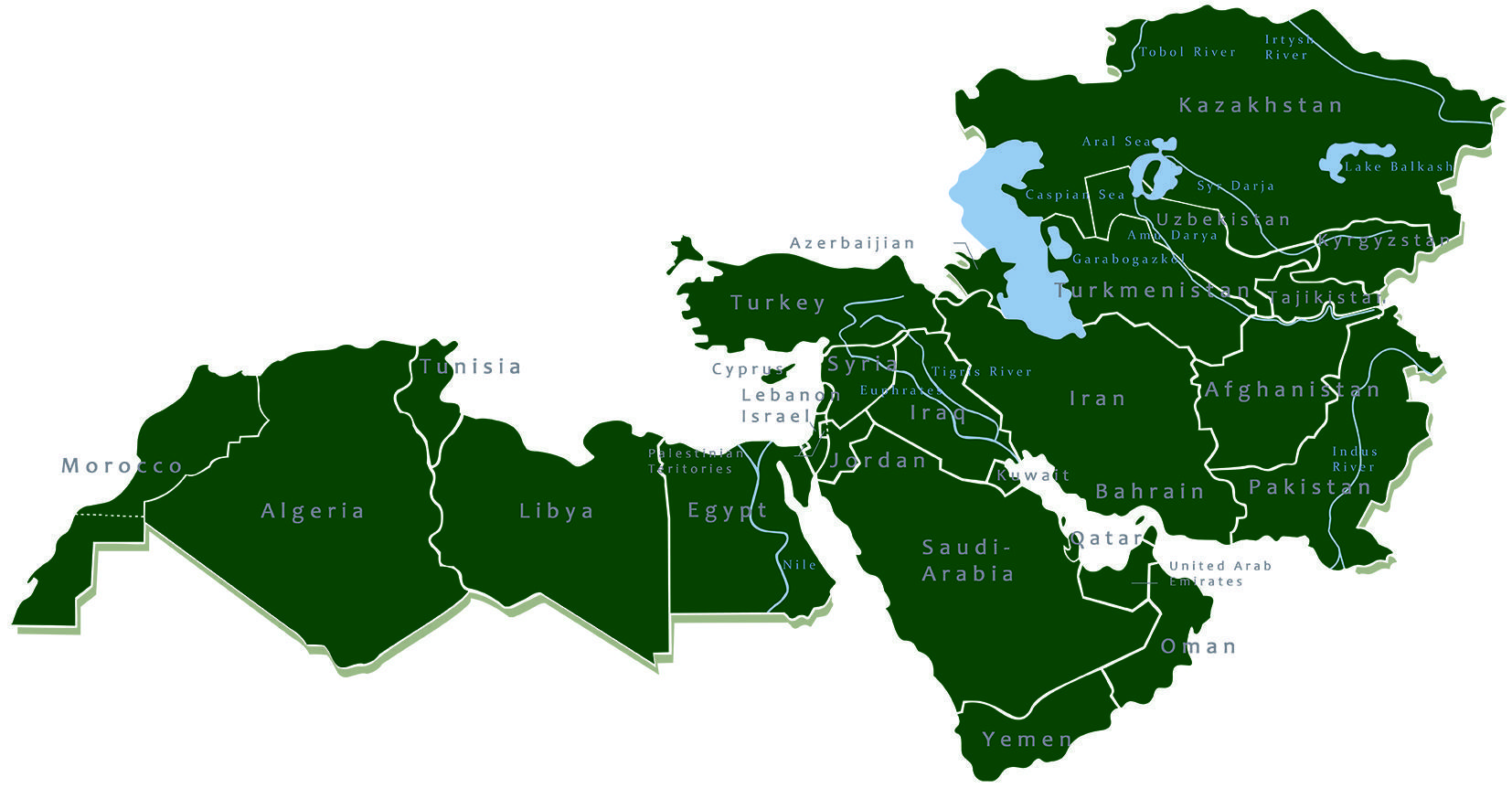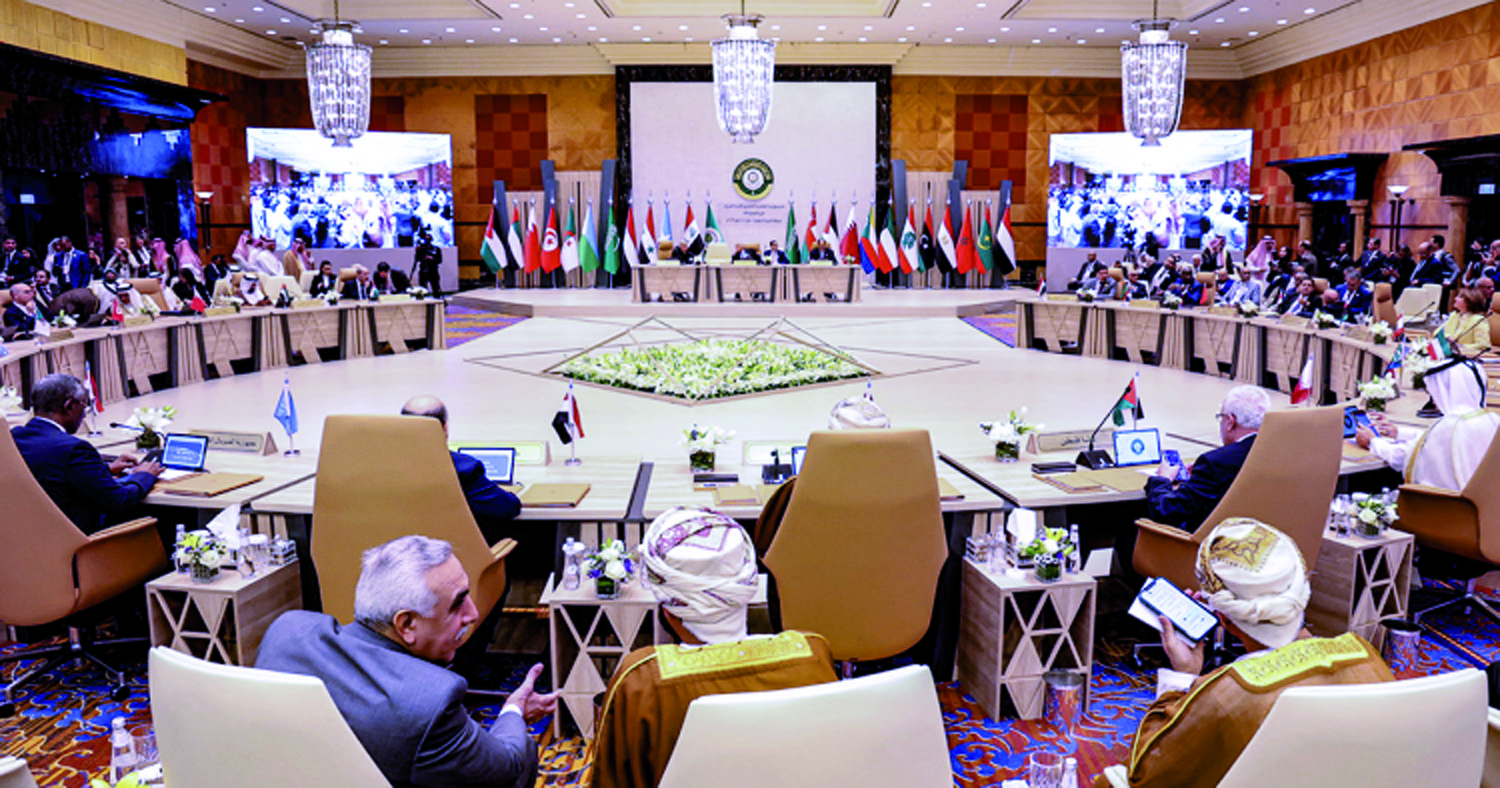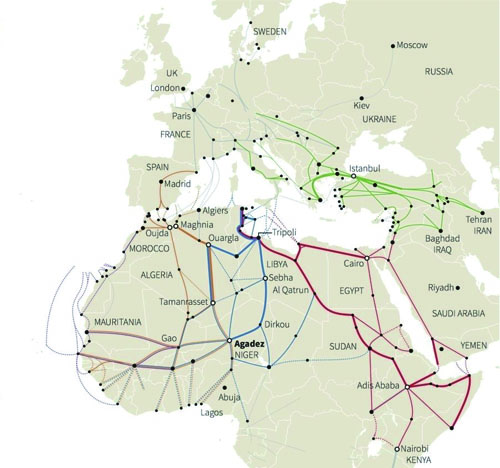Orient III 2013 – Transformation Processes in the Arab world
Purchase the full Issue
26,00 € incl. VAT plus Shipping CostsSelect options This product has multiple variants. The options may be chosen on the product page
Access Issue with Subscription:
Log in or purchase a subscription with archive access to read this issue online.
Editorial
Dear ORIENT readers,
Dear readers of ORIENT,
Since early 2011, the protests and rebellions in Tunisia and Egypt have initiated in many countries of the Arab world radical changes and transformation processes. Starting with the fall of Ben Ali’s authoritarian regime in Tunisia, the ‘Arab Uprisings’ had impacts on almost all societies in North Africa and the Middle East. The predominance of authoritarian rule has been overcome or at least challenged. The fu ture outcome of these popular uprisings remains yet to be seen, however, the dynamic change of political systems as well as the struggle for new develop ments with regards to religion, economy and gender relations are affecting huge parts of Arab societies. On the one hand, Salafi religious groups and Islamist movements such as the Muslim Brotherhood have become influential powers in politics and are dominating the political-religious discourse to a large extent. Often described as ultraconservative forces which are seeking to reverse a secularisation and modernisation process, these forces cannot be underestimated within the political landscape of the transition process. On the other hand, several social groups, mostly well educated young urban elites are focusing on gender relations, modernisation and democratisation. In a nutshell, the Arab world is heterogeneous and full of diverse social, political and religious movements. The contributions of the present issue of ORIENT will analyse this multidimensional diversity to show the numerous religious and social developments which the region has been facing in recent years. In this regard, Madawi Al-Rasheed focuses on Saudi Arabia, which is often perceived as “a solid rock in a stormy sea”. However, as Al-Rasheed points out, Saudi women demand more equality and put the authoritarian state and the traditional gender segregation under pressure. Youcef Bouandel and Larbi Sadiki are dealing with the different effects that the so-called ‘Arab Spring’ have had on the three Maghreb countries Algeria, Tunisia and Morocco. Rachid Quaissa sheds light on the Islamists in Algeria. In their article, Francesco Cavatorta and Fabio Merone examine the emergence of Tunisian Salafism. Richard Gauvain seeks to explain why Egyptian Salafism has been widely neglected by the academic research up to this day. Using a quasi- de constructionist approach, Larbi Sadiki analyses political Islamism and democracy. Michael Rohschürmann’s contribution explains how Jihadists make use of Islamic tradition and provides a detailed insight into the Jihadist concepts of martyr dom and fighting. I hope that this issue can clarify some of the often misinterpreted and controversial social, political and economic developments within the Near and Middle East and gives the readers a better understanding of the transformation and transition processes which are currently taking place in the region.
With my best wishes
Dr. Gunter Mulack
Director of the German Orient-Institute






